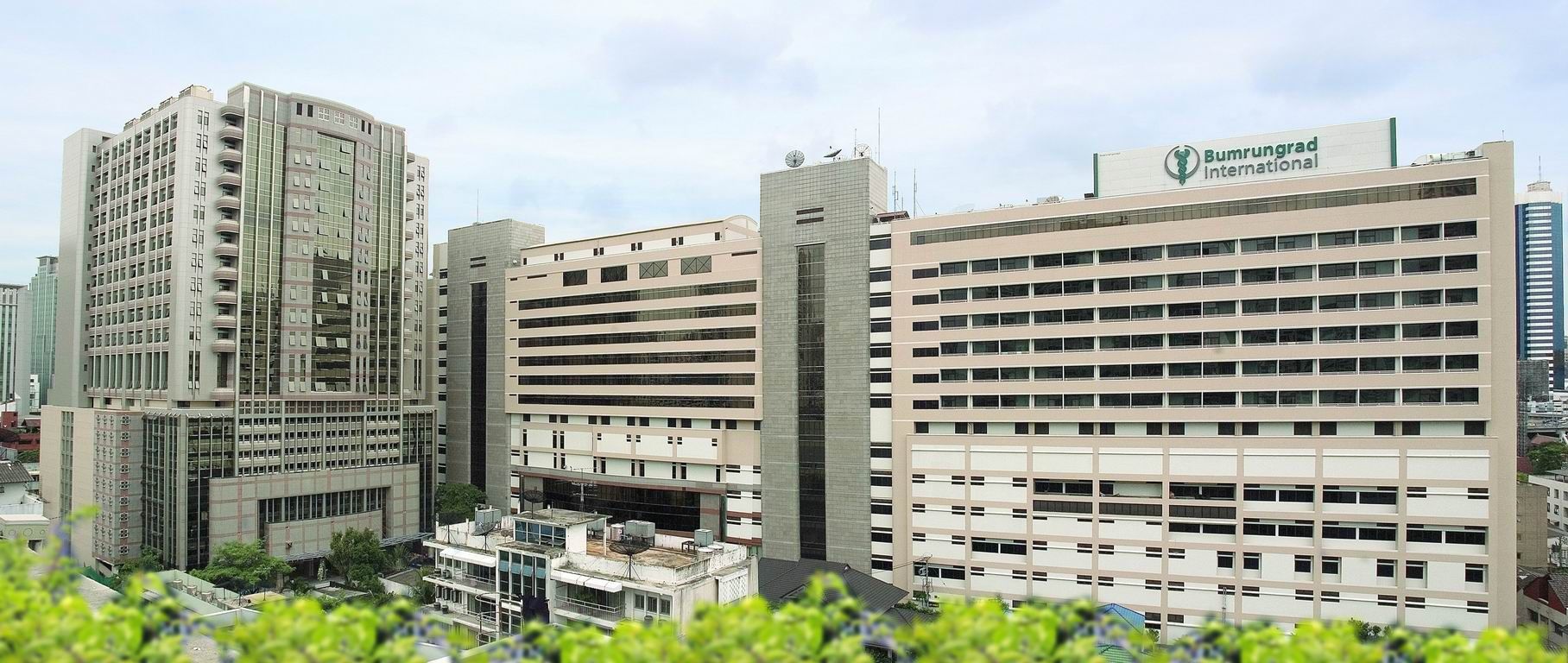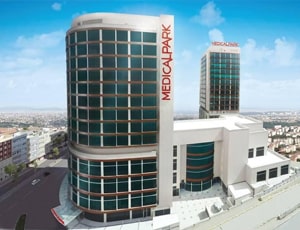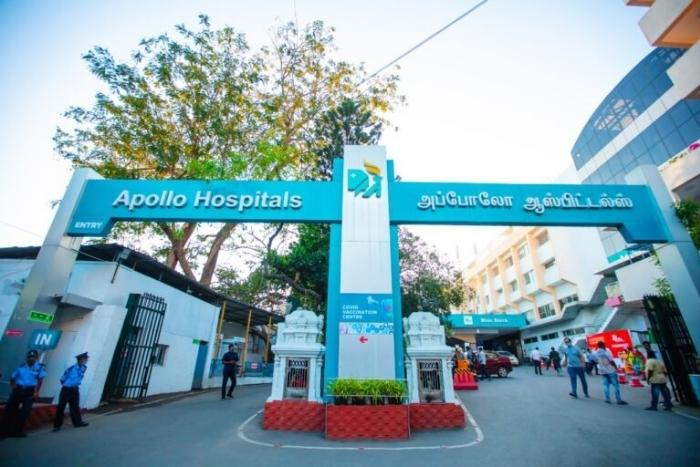General Surgery
Paraumbilical and Umbilical Hernia Repair Treatment
Paraumbilical and Umbilical Hernia Surgery
A paraumbilical hernia is a site of weakness around the patients umbilicus that the adults have more chances to develop. An umbilical hernia is a site of weakness in the patients umbilicus (naval) that usually develops in children. A paraumbilical or umbilical hernia is a very common type of abdominal hernia.
Introduction
A paraumbilical hernia is a site of weakness around the patient’s umbilicus that the adults have more chances to develop. An umbilical hernia is a site of weakness in the patient’s umbilicus (naval) that usually develops in children. A paraumbilical or umbilical hernia is a very common type of abdominal hernia. The wall of the patient’s abdomen at their umbilicus is naturally weak and, the contents of their abdomen can be more easily push through it and thus resulting in a lump called a hernia. Paraumbilical hernia repair surgery is generally suggested by the surgeons for the adult paraumbilical hernias because of the possibility of it becoming strangulated. The size of the hole in the abdominal wall is usually small and has a relatively high risk of the patient’s hernia becoming trapped and leading the blood supply to get cut off. The majority of umbilical hernias will be closed spontaneously within a year. If the hernia still exists beyond the age of 4 or 5 years or if it is large, umbilical hernia repair may be advised by the surgeons. Paraumbilical and umbilical hernia repair is the surgery for putting the paraumbilical or umbilical hernia lump back into its right place and thus strengthen the weakened area of the patient’s abdominal wall for preventing the hernia from reoccurring.
What are Paraumbilical and Umbilical Hernias?
There is a natural weakness in the wall of the patient’s abdomen at their umbilicus (belly button). This is can be resulted by the way babies develop in the mother’s womb. If the contents of the patient’s abdomen are being pushed through, this result in a lump called a hernia. A hernia can be dangerous because the patient’s intestines or other structures within their abdomen can get trapped and thus this can result in cut off of the blood supply (strangulated hernia).
The benefits of Paraumbilical and Umbilical Hernia Repair Surgery:
The patients should no longer have the hernia. Surgery should prevent the serious complications that a hernia can cause to the patients.
Why Surgery is needed?
- Prevent Complications: If not attended, these hernias can expand to cause pain and inflammation and in the worst cases can lead to strangulation of the intestine. Choking off the blood supply to the herniated tissue means the tissue may die.
- Relieve Symptoms: Paraumbilical and umbilical hernia can lead to pain or discomfort in processes such as lifting, bending or coughing.
- Improve Quality of Life: It means that patients can return to some activities without pain or at least worsen the situation with the existing hernia.
Symptoms of Paraumbilical and Umbilical Hernia
Paraumbilical and umbilical hernias are characterized by diverse manifestations, or signs and symptoms, which vary with the size of the hernia as well as the presence and degree of complications. Here are some common symptoms to watch for:
- Visible Bulge Near the Belly Button
- Pain or Discomfort
- Swelling and Tenderness
- Nausea and Vomiting
- Change in Bowel Movements
- Redness or Darkening of the Skin Over the Hernia
What complications can happen due to Paraumbilical and umbilical hernia repair Surgery?
General complications due to Paraumbilical and umbilical hernia repair Surgery are:
- Pain
- Bleeding
- Infection of the surgical wound
- Unsightly Scarring
- Blood clotting
Specific complications due to Paraumbilical and umbilical hernia repair Surgery are:
- Developing a collection of fluid or blood
- Injuries to structures within the patient’s abdomen
- Removing the patient’s umbilicus
Causes of Paraumbilical and Umbilical Hernia
Paraumbilical and umbilical hernias are caused by defects in the abdominal wall muscles around the belly button. Several factors can contribute to the development of these hernias:
- Congenital Weakness
- Increased Abdominal Pressure
- Previous Surgeries
- Multiple Pregnancies
- Aging
- Family History of Hernias
- Connective Tissue Disorders
Facilities and Services offered for International Patients for Paraumbilical and Umbilical Hernia Surgery and Repair
In terms of Paraumbilical and umbilical hernia surgery most hospitals and specialized centres have made arrangements for international patients in order for them to undergo the operations with ease and convenience. Here’s an overview of common services provided:
- Medical Consultation and Coordination
- Assistance with Travel and Visa Arrangements
- Interpreter and Translation Services
- Customized Treatment Plans
- State-of-the-Art Surgical Facilities
- Accommodation Arrangements
- Dedicated International Patient Wing
- Post-Operative Care and Follow-up
Before the operation
The hospital will send the patients instructions about when to stop eating and drinking before their surgery. At the hospital, the patients will meet the nurse, anesthetist (a specialist who puts the patients or the child to sleep), and the surgeon. This is a good opportunity for the patients to ask any questions if they are unsure about anything. In most of the cases, the operation is performed under the general anesthetic. This means the patients will be unconscious during this surgical procedure and won't experience any pain as it's carried out. If a general anesthetic is used, it is generally inhaled as a gas or injected into the back of the patient’s hand. The parents can stay with their child until they're being taken into the operating theatre. Local anesthetic, where the site being operated on is being numbed but the patients will remain awake, is very rarely used instead of general anesthetic. It is generally used only in the adults who have a small hernia and aren't in good enough health to have a general anesthetic.
Diagnostic Tests for Paraumbilical and Umbilical Hernia Repair Surgery
Umbilical and paraumbilical hernias are diagnosed clinically, which is followed by some investigations to determine the actual size and site of the hernia and general health of the patient before operating for a hernia repair.
Here are some common diagnostic tests:
- Physical Examination
- Ultrasound
- CT Scan
- MRI
- Abdominal X-Ray
- Blood Tests
- Electrocardiogram
The Paraumbilical and Umbilical Hernia Repair Surgery involve:
Paraumbilical and umbilical hernia repair surgery are generally done under a general anesthetic. The operation usually takes up to 30 minutes. It can be done either by open or by the laparoscopic surgery. The patient’s surgeon will make a larger incision for the open surgery or two to four tiny incisions for the laparoscopic ( also known as keyhole surgery) surgery near the patient’s naval and the hernial sac is being pushed back into the patient’s abdomen. The surgeons will then close the weak spot with the help of stitches or, a synthetic mesh that will help in strengthing the weak spot. For an umbilical hernia repair, the weak spot in the abdominal wall is generally closed with the help of the stitches. For a large or paraumbilical hernia, a special mesh may be required for strengthening the area and thus preventing the hernia from returning. The incision is then closed with the help of dissolvable stitches or with the help of special surgical glue.
Post-Treatment Process for Paraumbilical and Umbilical Hernia Repair Surgery
Outline of post- operative management of paraumbilical and umbilical hernia repair surgery.
Here’s what you can typically expect after surgery:
- Immediate Postoperative Care
- Wound Care and Hygiene
- Activity Restrictions
- Diet and Nutrition
- Pain and Discomfort Management
- Follow-up Appointments
- Monitoring for Complications
- Lifestyle Modifications
Success Rate of Surgery for Paraumbilical Hernia
Paraumbilical and umbilical hernias have a great success rate of 90 – 99%, with the majority of patients showing improvement and minimal chances of relapse. Positive factors that determine outcomes include the procedure, patient conditions, experience of the surgeon, and the type of repair that is less invasive and more effective, being laparoscopic repair.
How soon will the patients recover after the paraumbilical and umbilical hernia repair surgery?
The patients can generally go home the same day as they have undergone hernia repair surgery. Most of the people are able to perform light activities after one or two weeks once the wound is completely healed. Children should not be sent to the school for about a week and they must refrain themselves form not taking any part in sports and games for a further two weeks after they have returned to school. Adults who have paraumbilical hernia surgery can often return to their work after a week or two unless their job involves heavy manual labor which will require more time off from the work. The patients must avoid lifting heavy objects and strenuous activities for the first four to six weeks after the surgery have been performed.
Alternatives to the Paraumbilical and Umbilical Hernia Repair surgery:
In children, who are under the age of four, the umbilical hernias tend to close. For the older children and adults, the hernia will get worse he the patients don’t undergo any surgery.
Best Hospitals for Treatment of Paraumbilical Hernia
- Fortis Memorial Research Institute, Gurgaon
- Medanta The Medicity, Gurugram
- Artemis Hospital, Gurugram
- Max Hospital, Delhi
- Apollo Hospitals, Delhi
- BLK-Max Super Speciality Hospital, Delhi
Best Doctors for Treatment of Paraumbilical Hernia
- Dr. Amit Javed
- Dr. Adarsh Choudhary
- Dr. Paritosh S Gupta
- Dr. Pradeep Chowbey
- Dr. Deepak Govil
- Dr. Deep Goel
Why Choose GetWellGo for Paraumbilical and Umbilical Hernia Repair Surgery?
Selecting the right medical center and qualified surgeon for paraumbilical and umbilical hernia repair is critical to the outcome of this surgery, and GetWellGo provides international clients with a set of focused services.
Here are some reasons why GetWellGo could be an excellent choice:
- Expert Medical Team
- Advanced Treatment Options
- Dedicated International Patient Services
- State-of-the-Art Facilities
- Personalized Care and Follow-up
- Holistic and Preventive Care
- Transparent Pricing
- Multilingual Support
- Visa Assistance
- Travel and Accommodation
Conclusion
Paraumbilical and umbilical hernia repair surgeries are safe and completely successful to reduce pain and any possible adverse effects. They can be conducted through an open method, or laparoscopic, and the patient can resume normal living with better quality of life. Healing ability is contingent on type and standard of surgery, the surgeon, and patient compliance. By choosing our GetWellGo service, international patients can get the following – specialized services, the use of advanced technologies, and proper postoperative care.
FAQs
1. What are the benefits of paraumbilical and umbilical hernia repair operation?
- Pain Relief: Helps to minimize or totally eradicate the pain and other uncomfortable symptoms that are characteristic of hernias.
- Reduced Risk of Complications: Reduction of such potential complication like intestinal obstruction, strangulation, or malfunction.
- Long-Term Solution: Strengthen the abdominal wall, thus minimises the chance of the hernia to recur especially if mesh had been used.
- Improved Quality of Life: normal physical activities can be resumed by the patient without pain or restriction provoked by the hernia.
2. How effective is paraumbilical and umbilical hernia repair surgery?
- The success rate is rather high and ranges from 90 to 99% depending on the type of surgery, the patient’s health and follow-up after surgical intervention. It has been established that applying mesh for repair has been proven to reduce incidences of reappearance considerably particularly when it comes to bigger hernias.
3. How fast may a patient recover after undergoing hernia repair surgery?
Recovery times depend on the type of surgery performed and patient’s condition:
- Laparoscopic Surgery: The patient generally regains the ability to return to most minor activities within a week and usually gets fully recovered in 2-4 weeks.
- Open Surgery: Recovery may however slightly longer, with many patients resuming their normal activities in 4- 6weeks.
- Patients should avoid any form of strain, any form of rigorous work with the upper limbs and bending or lifting heavy objects for about 4-6weeks after surgery.
TREATMENT-RELATED QUESTIONS
GetWellGo will provide you end-to-end guidance and assistance and that will include finding relevant and the best doctors for you in India.
A relationship manager from GetWellGo will be assigned to you who will prepare your case, share with multiple doctors and hospitals and get back to you with a treatment plan, cost of treatment and other useful information. The relationship manager will take care of all details related to your visit and successful return & recovery.
Yes, if you wish GetWellGo can assist you in getting your appointments fixed with multiple doctors and hospitals, which will assist you in getting the second opinion and will help you in cost comparison as well.
Yes, our professional medical team will help you in getting the estimated cost for the treatment. The cost as you may be aware depends on the medical condition, the choice of treatment, the type of room opted for etc. All your medical history and essential treatment details would be analyzed by the team of experts in the hospitals. They will also provide you with the various types of rooms/accommodation packages available and you have to make the selection. Charges are likely to vary by the type of room you take.
You have to check with your health insurance provider for the details.
The price that you get from GetWellGo is directly from the hospital, it is also discounted and lowest possible in most cases. We help you in getting the best price possible.
No, we don't charge patients for any service or convenience fee. All healthcare services GetWellGo provide are free of cost.
Top Doctors for General Surgery
Top Hospitals for General Surgery
Contact Us Now!
Fill the form below to get in touch with our experts.







